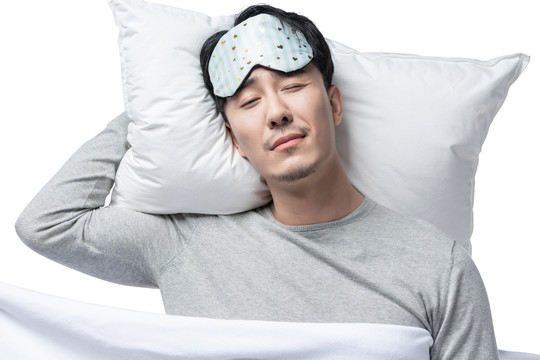Exercise Promotes Better Sleep
Two consistent observations link movement to better nights. People who struggle with insomnia are often more sedentary than good sleepers, and regular activity helps break the cycle of fatigue leading to less movement and, in turn, lighter, more fragmented sleep. Making exercise a routine habit restores healthy daily patterns and builds the momentum required to sustain them.
One pathway involves temperature regulation. Exercise raises core and muscle temperature; over the next several hours, temperature gradually declines. That downward slope supports sleep onset and deeper sleep. For most people, finishing workouts three to six hours before bedtime works well, because it allows temperature to peak and then fall by the time you are ready to turn in. Vigorous sessions too close to bedtime can keep temperature and arousal higher and make it harder to doze off, although gentle stretching or a relaxed walk late in the evening is unlikely to interfere.
Exercise also strengthens the homeostatic sleep drive and can increase slow‑wave sleep after appropriately challenging sessions. Daytime activity outdoors adds another advantage: exposure to natural light anchors the body clock, promoting an earlier rise in evening melatonin and a more consolidated night. Together, these effects make it easier to fall asleep and to stay asleep.
Practical timing and pacing help you harness the benefits. Aim for regular movement on most days, keep the last vigorous effort earlier in the afternoon or early evening, and wind down with a calm routine before bed. If evening is your only option, prefer moderate rather than maximal intensity, finish with an easy cooldown, hydrate, and avoid stimulants. Consistency matters more than perfection; a string of modest, repeatable sessions often improves sleep more than occasional heroic workouts.
Older adults respond well to this approach. In one study from Stanford University School of Medicine, physically inactive people aged fifty‑five to seventy‑five with insomnia performed twenty to thirty minutes of light exercise every other afternoon—walking, low‑intensity aerobics, or easy cycling. On average, the time it took them to fall asleep was cut roughly in half, and total sleep time increased by about an hour. Individual responses vary, but the direction of effect is encouraging.
If you have persistent insomnia, loud snoring, pauses in breathing during sleep, or medical conditions that limit exercise, speak with a healthcare professional for tailored guidance. With a steady routine and thoughtful timing, movement becomes a simple, reliable tool for deeper, more restorative sleep.







